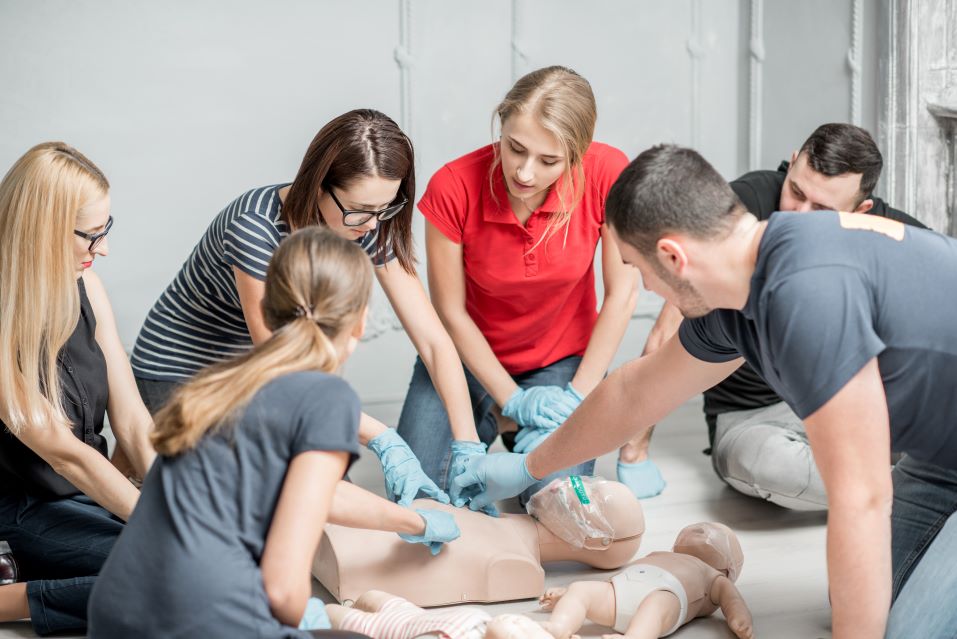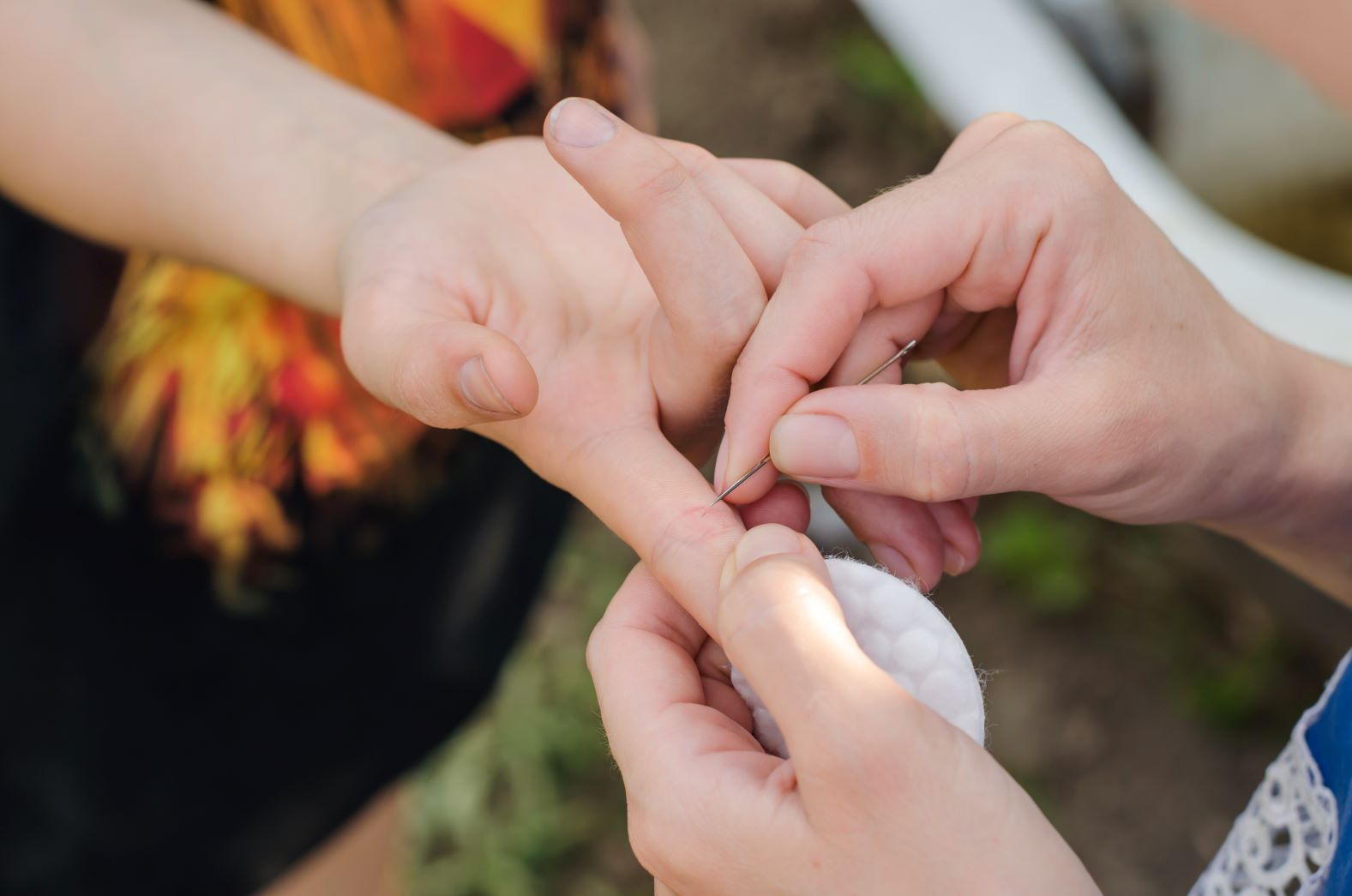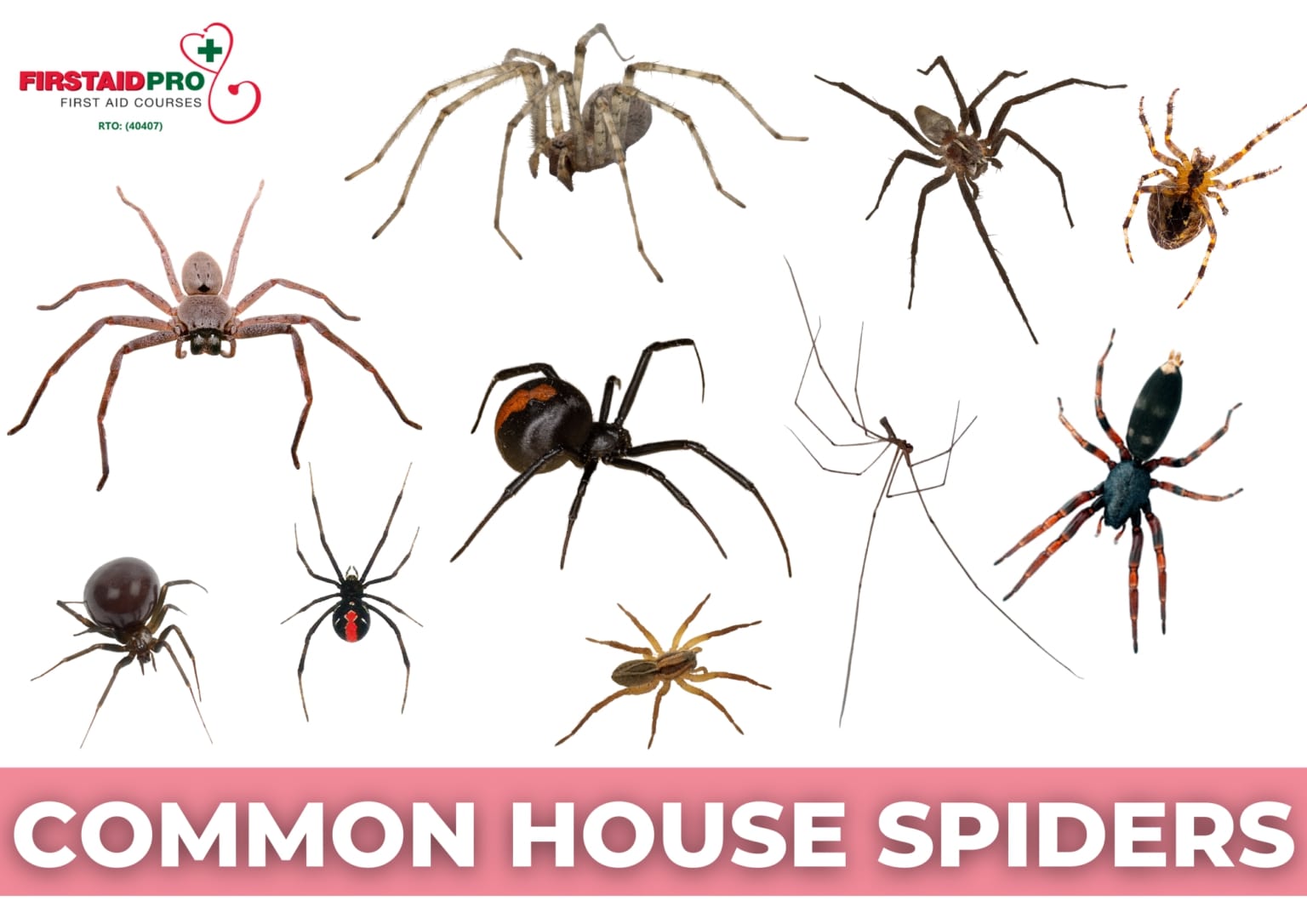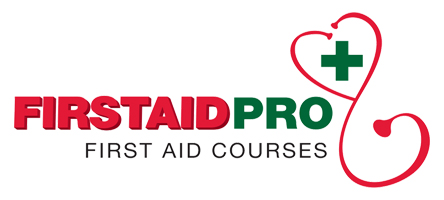It’s a universal experience – at some point, everyone finds themselves dealing with the discomfort of a splinter piercing their skin. The mention of ‘splinter’ often conjures images of a small fragment of wood, along with memories of the sharp, persistent pain it causes. However, splinters are not limited to just wooden shards.
These pesky intruders vary in form, encompassing anything from minute, pointed pieces of glass, to metal, or other materials that have broken off from larger objects. This category extends to include other sharp objects like fishing hooks and cactus spines.
Additionally, bee stings fall under this category as the stinger of a bee is designed to stay lodged in the skin, continuously injecting venom even after the bee has departed. Let’s not forget about nettles – their tiny, almost invisible but intensely painful spines act as a natural defense mechanism for the plant.
For those eager to learn more about handling such situations effectively, consider enrolling in a first aid course. First Aid Pro offers comprehensive training that covers these scenarios and more. Click here to explore the First Aid Course Brisbane and empower yourself with the knowledge and skills to manage splinters and other first aid incidents and emergencies confidently.
Can Splinters Emerge on Their Own?
Generally, yes. Our bodies are remarkable systems capable of gradually pushing a splinter out through natural skin shedding. For splinters lodged deeper, the immune system reacts by encapsulating the object in pus, which gradually elevates it to the surface. This often results in a pimple or pustule formation, which might tempt you to squeeze it out along with the splinter.

However, it’s important to note that not all splinters should be left to resolve naturally. A foreign body in the skin can lead to infections, potentially causing cellulitis – a condition characterised by rapidly spreading redness, swelling, warmth, and tenderness of the affected area. Without antibiotic treatment, cellulitis can become a serious threat to your health.
How to Surface a Deep Splinter?
In cases where a splinter is deeply embedded or lacks a protruding end for easy removal, several methods can help. Over-the-counter drawing pastes like Magnoplasm or Splintex are available at pharmacies.
Alternatively, a homemade paste of baking soda and water can be applied to the area. After covering it with a sterile dressing and waiting about 24 hours, the paste should help bring the splinter closer to the surface for easier removal.
What is the Function of Magnoplasm in Splinter Removal?
Drawing pastes, such as Magnoplasm, operate by pulling infected pus and the embedded splinter towards the skin’s surface. This process often leads to the skin rupturing, releasing both the pus and the foreign object, allowing the body to then heal the affected area – a process that should be aided with antiseptic to prevent infection.
Keeping a drawing paste in your First Aid kit is advisable for managing boils, carbuncles, whitlows, and splinter removal. Products like Magnoplasm contain glycerol and dried magnesium sulphate, leveraging the principle of osmosis to draw out splinters, thorns, and other foreign materials. This osmotic process works akin to a vacuum, drawing objects beneath the paste towards the skin’s surface.
Splinter First Aid Techniques
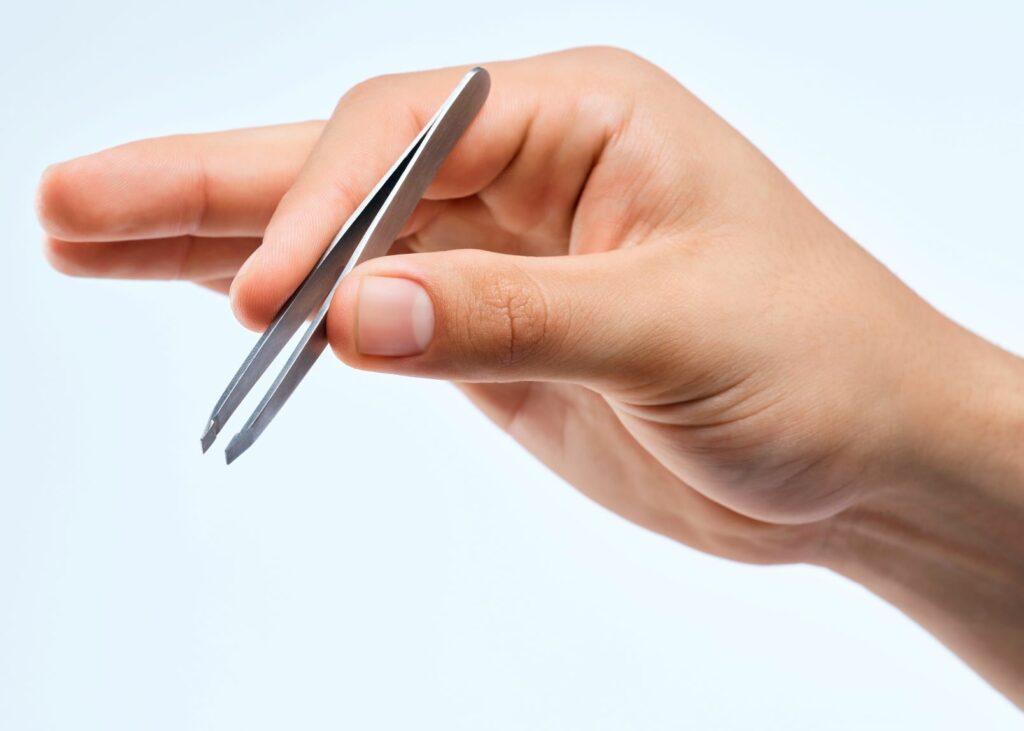
The approach to removing a splinter depends on its depth and location. To comprehensively understand how to manage embedded objects in the skin and various other injuries, participating in a professional first aid course is invaluable. Such training provides nationally recognised first aid certification, equipping you with the skills to effectively assess and manage wounds requiring first aid.
Removing a Small Foreign Object, Such as a Splinter, Thorn, Fiberglass, or Glass:
- Begin by thoroughly washing your hands and cleansing the affected area with soap and water.
- Sterilise tweezers with rubbing alcohol, and use them for the removal. Employ a magnifying glass for a better view.
- If the object is embedded beneath the skin, take a clean, sharp needle and sterilise it with rubbing alcohol. Carefully pierce the skin above the object with the needle, lifting the object’s tip.
- Grasp the protruding end of the object with the tweezers and gently pull it out.
- Clean the area once more and gently dry it. Apply a layer of petroleum jelly or an antibiotic ointment to the site.
The Role of Tweezers in First Aid Kits

Tweezers are a staple in first aid kits for good reason. For splinters that are superficial and partially exposed, tweezers can be an effective removal tool. Position the tweezers as near to the skin’s surface as possible and firmly grip the exposed part of the splinter. Extract the entire splinter in the same direction it entered the skin. Applying gentle pressure around the wound to induce slight bleeding can help, as this may provide lubrication and aid in dislodging any debris carried in by the splinter.
After successfully removing the splinter, it’s crucial to clean the area with a topical antiseptic like an alcohol wipe, betadine, or an antiseptic cream or spray. Dress the wound for 24 hours to allow the antibacterial agent to work and your body to repair the damage, effectively sealing the entry point.
For handling ultra-fine nettles, adhesive tape can be a useful tool. Apply the tape over the affected area, press down firmly, and then swiftly remove it. Ideally, the nettles will adhere to the tape and come off.
Seek Medical Attention
If you encounter a foreign object deeply embedded in the skin or muscle, it’s essential to get medical assistance immediately. Before seeking help, follow these steps:
- Avoid attempting to remove the object yourself, as this could worsen the situation.
- Apply a bandage over the wound. Start by placing gauze directly over the object. If necessary, add clean padding around the object before securely wrapping the wound with a bandage or clean cloth. Be cautious not to exert excessive pressure on the object.
Additionally, medical attention is crucial if:
- The object is difficult to see (like clear glass) or challenging to remove (such as a fishhook).
- The injury is near or involves an eye.
- The wound is deep or contaminated, and the injured person hasn’t had a tetanus shot in the last five years. In such cases, a tetanus booster may be advised by a doctor.
Summing Up
In conclusion, dealing with splinters, whether they’re wood, glass, metal, or other materials, requires careful attention and proper technique. While some may naturally work their way out, others need intervention. Understanding the various methods of splinter removal, from tweezers to drawing pastes, and the importance of cleaning and dressing the wound, is crucial for safe and effective treatment.
To gain a deeper understanding and hands-on experience in a wide range of first aid scenarios, consider enrolling in a nationally accredited first aid course. For those in Brisbane, explore the First Aid Course Brisbane offered by First Aid Pro to enhance your skills and preparedness for such emergencies.


